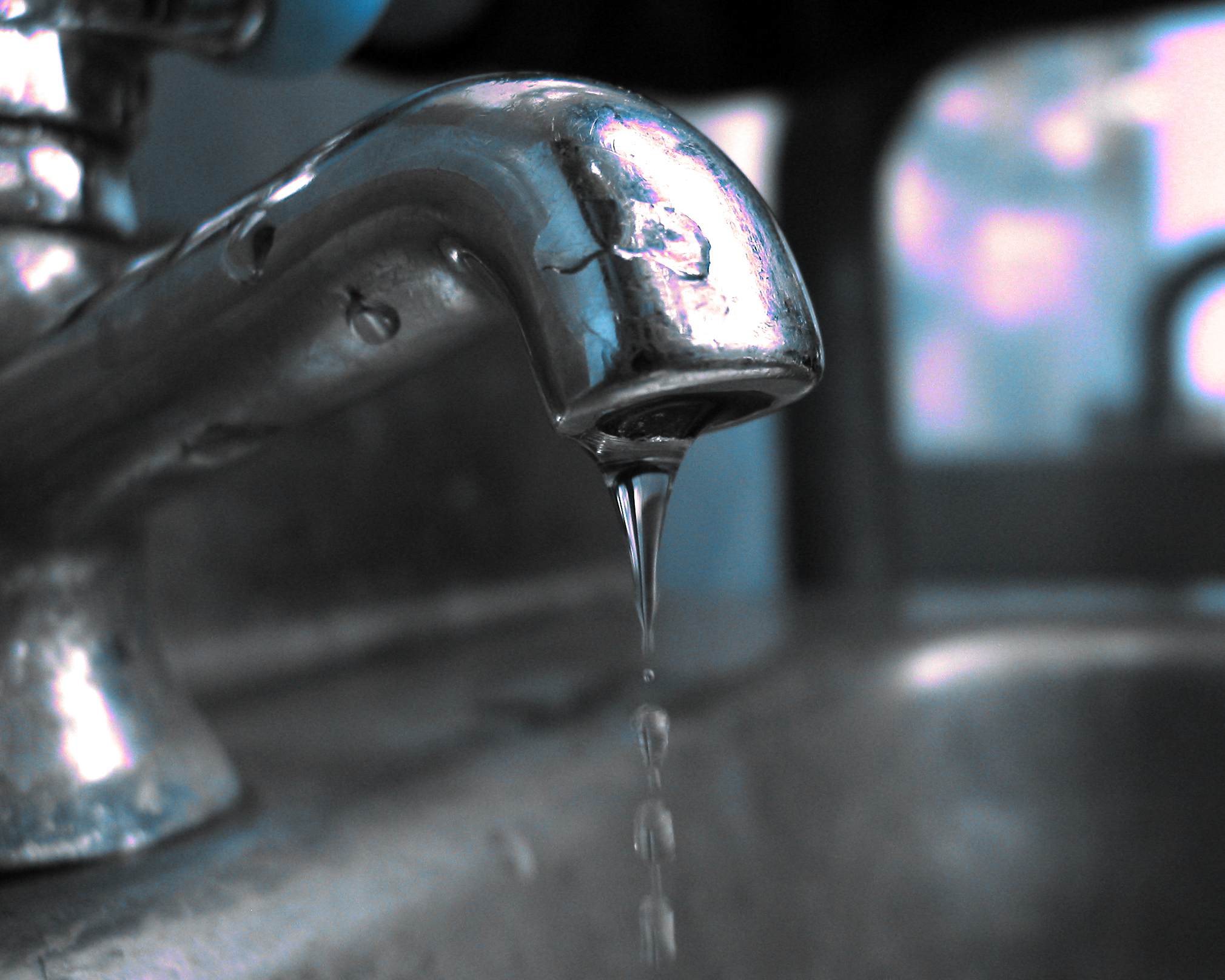Are you trying to find information and facts concerning What Causes Leaky Faucets & How To Fix Them?

Leaking taps might look like a small hassle, however their impact exceeds just the annoyance of the sound. From wasting water to incurring unneeded economic costs and health dangers, disregarding a trickling tap can result in numerous effects. In this write-up, we'll delve into why it's vital to address this common household issue without delay and efficiently.
Waste of Water
Ecological Impact
Trickling faucets contribute substantially to water wastefulness. According to the Epa (EPA), a solitary tap trickling at one drip per second can lose more than 3,000 gallons of water per year. This not just pressures water resources however likewise influences communities and wild animals based on them.
Financial Prices
Enhanced Water Bills
Beyond the environmental effect, dripping taps can inflate water costs significantly. The gathered waste with time equates right into greater utility expenses, which could have been avoided with timely repair work.
Potential Residential Or Commercial Property Damage
Additionally, prolonged trickling can result in damage to fixtures and surfaces surrounding the faucet. Water buildup can trigger discoloration, deterioration, and also structural issues if left unattended, causing added repair service prices.
Health and wellness Problems
Mold and Mildew Development
The continuous existence of moisture from a dripping tap develops a perfect atmosphere for mold and mildew development. These fungi not just endanger interior air quality yet also present wellness threats, especially for people with breathing conditions or allergies.
Waterborne Illness
Stationary water in leaking faucets can end up being a breeding place for microorganisms and other virus, boosting the threat of waterborne conditions. Contaminants such as Legionella microorganisms flourish in stationary water, possibly bring about significant health problems when ingested or breathed in.
DIY vs. Professional Repair work
Benefits and drawbacks of DIY Repair Work
While some might try to repair a leaking tap themselves, DIY repair work include their own set of obstacles. Without appropriate knowledge and devices, DIY efforts can worsen the problem or bring about insufficient repairs, extending the trouble.
Benefits of Working With a Professional Plumber
Working with an expert plumber guarantees that the underlying reason for the dripping tap is attended to effectively. Plumbings have the knowledge and equipment to diagnose and fix faucet issues successfully, conserving time and reducing the danger of further damage.
Step-by-Step Guide to Taking Care Of a Dripping Tap
Tools Needed
Before attempting to deal with a leaking tap, gather the needed tools, including a flexible wrench, screwdrivers, replacement components (such as washing machines or cartridges), and plumber's tape.
Typical Faucet Issues and Their Solutions
Determine the type of tap and the particular issue triggering the drip. Usual problems consist of damaged washers, corroded shutoff seats, or damaged O-rings. Refer to manufacturer directions or online tutorials for step-by-step assistance on repairs.
Preventive Measures
Regular Maintenance Tips
To avoid trickling taps, perform regular upkeep such as cleaning up aerators, inspecting for leakages, and replacing damaged parts quickly. Additionally, take into consideration installing water-saving gadgets or upgrading to more efficient components.
Relevance of Prompt Repairs
Attending to leaking taps as quickly as they're seen prevents further water waste and possible damage, inevitably conserving both water and cash over time.
Effect On Property Worth
Assumption of Well-Maintained Building
Preserving a building in good condition, including resolving maintenance problems like leaking taps, boosts its viewed worth and worth amongst prospective purchasers or renters.
Impact on Resale Worth
Qualities with properly maintained plumbing components, including taps, command greater resale values in the realty market. Resolving dripping taps can add to a favorable impression throughout building inspections and negotiations.
Environmental Obligation
Individual Contribution to Preservation
Taking duty for repairing trickling taps lines up with more comprehensive initiatives towards water conservation and ecological sustainability. Every person's actions collectively make a substantial impact on maintaining precious resources.
Lasting Living Practices
By prioritizing prompt fixings and taking on water-saving practices, people add to sustainable living methods that profit both present and future generations.
Final thought
Resolving a trickling faucet goes beyond simple convenience; it's a crucial step towards saving water, decreasing financial prices, and securing health and wellness and home. Whether via do it yourself fixings or expert aid, acting to repair trickling taps is a small yet impactful method to promote responsible stewardship of sources and add to a healthier, more sustainable future.
How to Fix a Leaky Faucet: Step-by-Step Repair Guide
A leaky faucet may seem like a simple annoyance, but if it's not fixed promptly, that leak could cost hundreds to potentially thousands. From water damage to mold, mildew, and high water bills, even a tiny leak can be catastrophic if left unattended. Damage like this can even affect the overall value of your home, so it's important to take the right approach for leaky faucet repair. You may need the help of a plumber in some cases, but we've got a few tips you can try on how to fix a leaky faucet before calling the pros.
Four Faucet Types
When you're learning how to fix a leaky faucet, the first step is knowing what kind of faucet you're working with! There are four common types.
Cartridge Faucets
Cartridge faucets come in one- or two-handled varieties. In one-handled cartridge faucets, hot and cold water combines in a single cartridge. In the two-handled versions, hot and cold water are controlled separately and mixed in the faucet.
Ball Faucets
Ball faucets have a single lever you push up and down to adjust the pressure and rotate to change the temperature. A slotted metal ball controls the amount of water allowed into the spout.
Compression Washer Faucets
They're the oldest type of faucet, but they're still used in many homes — especially older ones. Compression faucets have two separate handles that, when turned, raise or lower the washer that seals a water valve. This valve stops water from flowing through the faucet when it is turned off.
Disc Faucets
Disc faucets rarely need to be repaired due to their maintenance-free design. The water flow is controlled by two discs — the upper one raises and lowers against a fixed lower disc, creating a watertight seal. If your disc faucet starts leaking, you may need to replace the seals or clean residue buildup from the inlets.
Fixing a Leaky Faucet
Step 1: Turn Off the Water
Whether you're learning how to fix a leaky bathtub faucet or how to fix a leaky kitchen faucet, always turn off the water supply to your working area when you're fixing a leak. The last thing you want is a flood added to your list of things to fix.
Look for the shutoff valves below your sink or around the tub and turn them clockwise to stop the water flow. If your faucet doesn't have shutoff valves, you may need to turn off the water for the whole house. Check to make sure it's off by turning the faucet on. If nothing comes out, you're ready to start the repair.
Step 2: Take Apart the Faucet
How you disassemble your faucet depends on the type of fixture you have. You can use a flathead screwdriver to remove the caps on top of the handle or handles for cartridge and compression faucets. Inside, you should see handle screws. Unscrew these with a screwdriver to remove the handle.
Disc- and ball-style faucets will typically have an inlet screw near the handle, and removing that will reveal the interior of the faucet.
Detach the Valve Stem
For cartridge- and compression-style faucets, you'll see the inner valve stem or cartridge once you remove the faucet handles. If you have a compression faucet, unscrew the brass valve stem. If you have a cartridge faucet, pull out the cartridge. If your cartridge has been in place for a while, it may require some tools or extra force to remove it due to mineral deposits.
Examine and Replace Parts
Once you've removed the parts, check them out to confirm what needs to be replaced. You may see corroded rubber washers, O-rings, stems, or cartridges. On a ball-style faucet, check the seats and springs for damage.
If you need to repair a leaky disc faucet, check the inlet and seals on the lower disc.
Once you determine what parts must be replaced, visit your local hardware store. Bring the damaged parts with you to ensure you can purchase the correct components to replace them.
Clean Valves and Faucet Cavity
If you've removed a stem or cartridge, you may notice mineral buildup in the faucet's threads. Use white vinegar to clean the valve seat by soaking it for a few minutes, then scrub it away with a soft toothbrush and rinse with warm water. You can also clean the interior of the faucet in the same way.
Reassemble the Faucet
Once your faucet is cleaned and the required parts have been replaced, it's time to reassemble it. Put the pieces back together and slowly turn the water supply back on. Doing this slowly is crucial because too much initial water pressure can damage the new hardware you've just installed.
https://homewarranty.firstam.com/blog/how-to-fix-leaky-faucet

We had been shown that write-up on Leaky Faucets: Why They Happen & What to Do About Them through a buddy on another website. Don't hesitate to take the time to distribute this write-up if you appreciated it. Thank-you for your time invested reading it.
 Jake Lloyd Then & Now!
Jake Lloyd Then & Now! Jennifer Grey Then & Now!
Jennifer Grey Then & Now! Kenan Thompson Then & Now!
Kenan Thompson Then & Now! Mason Reese Then & Now!
Mason Reese Then & Now! Samantha Fox Then & Now!
Samantha Fox Then & Now!